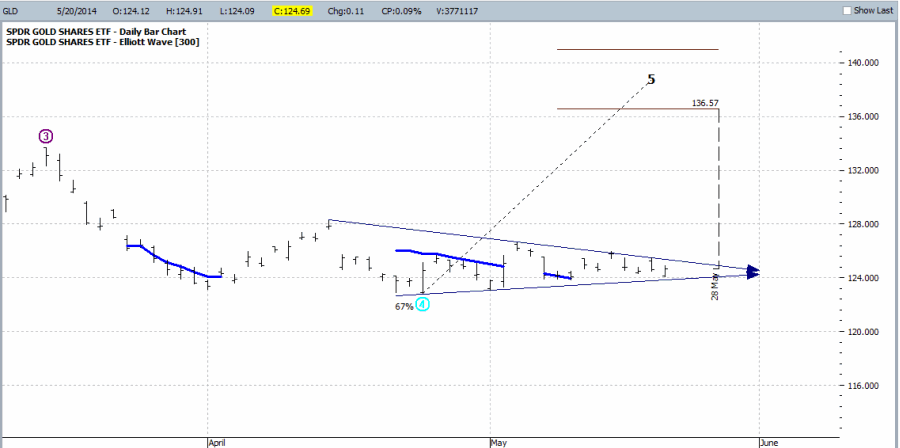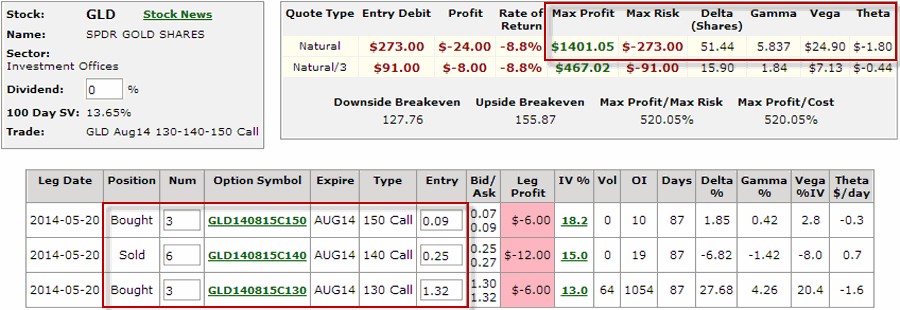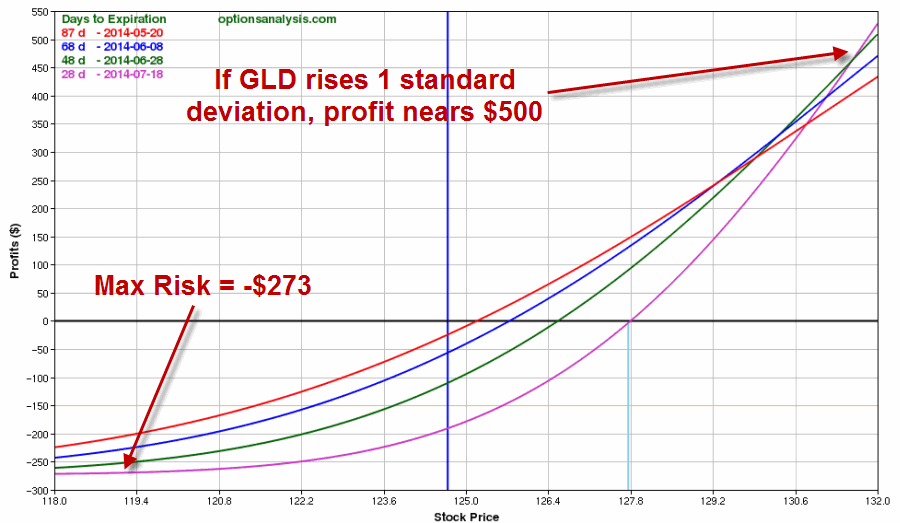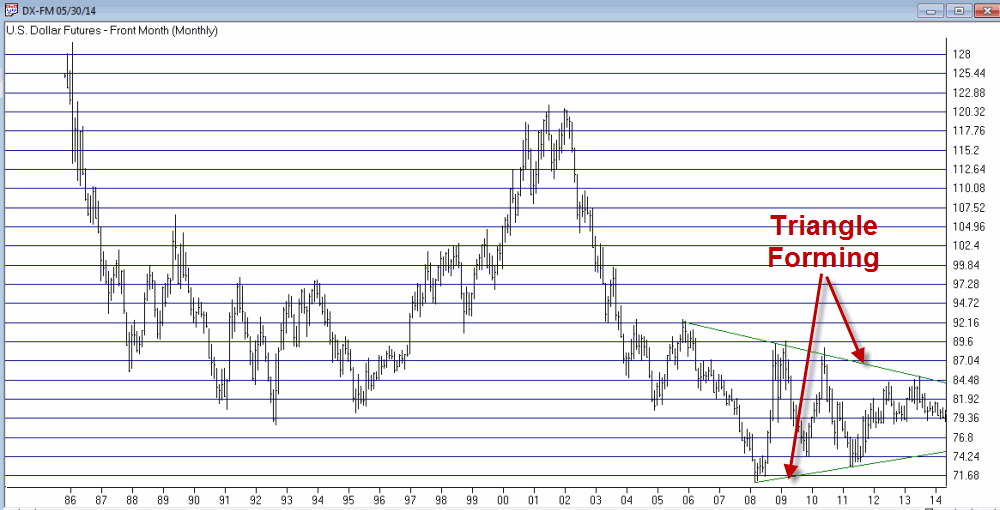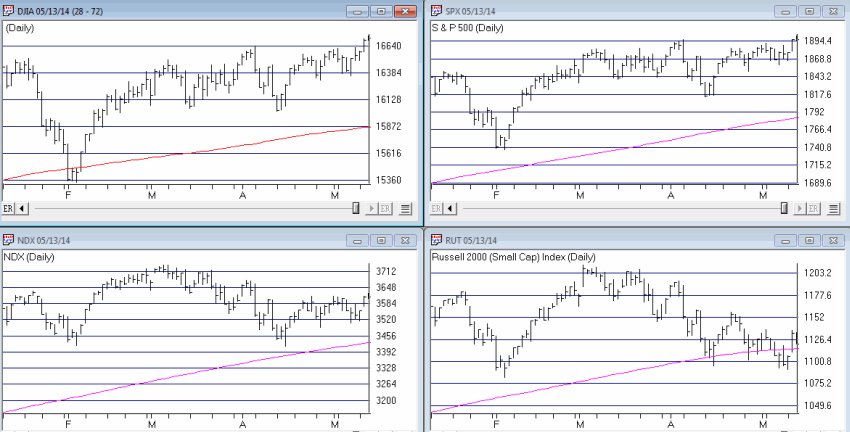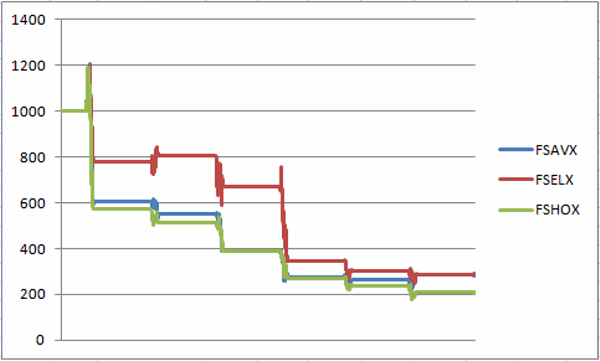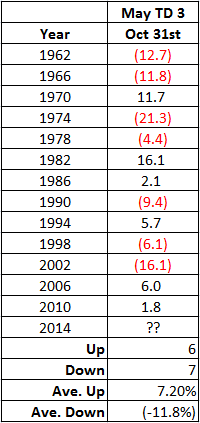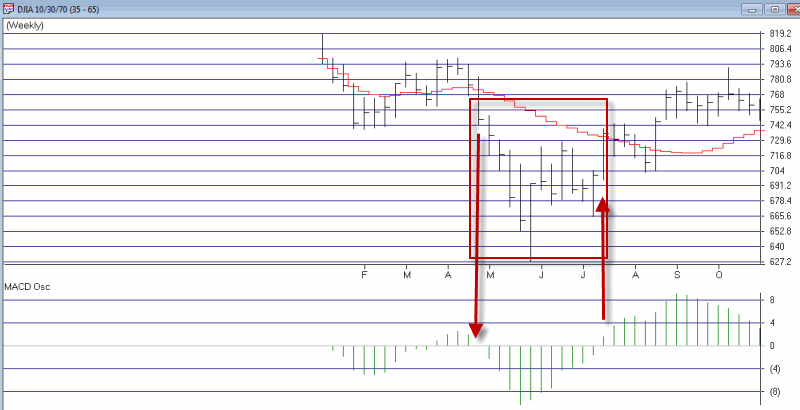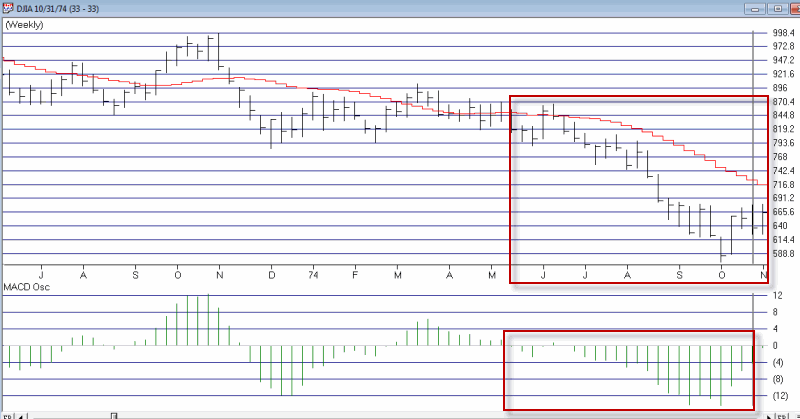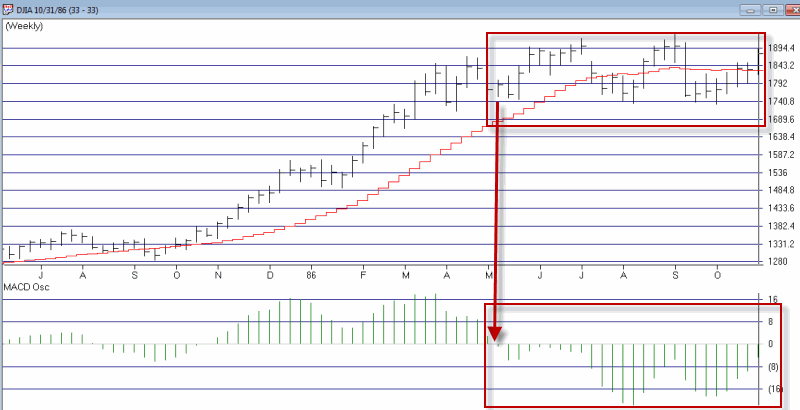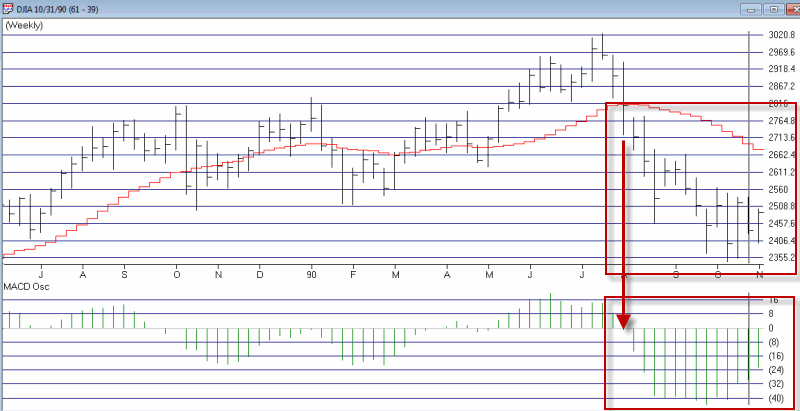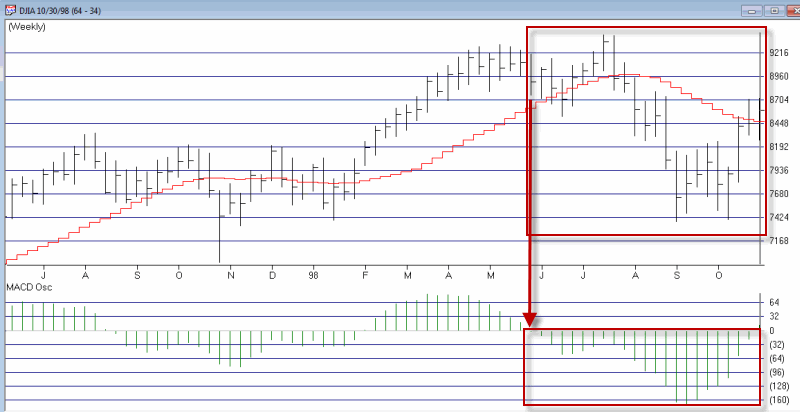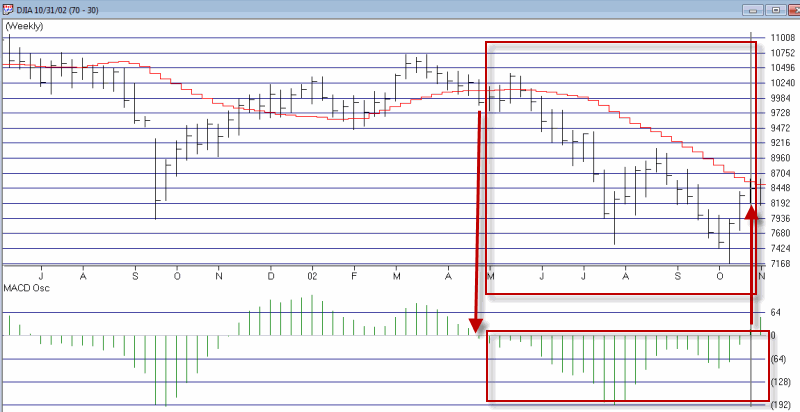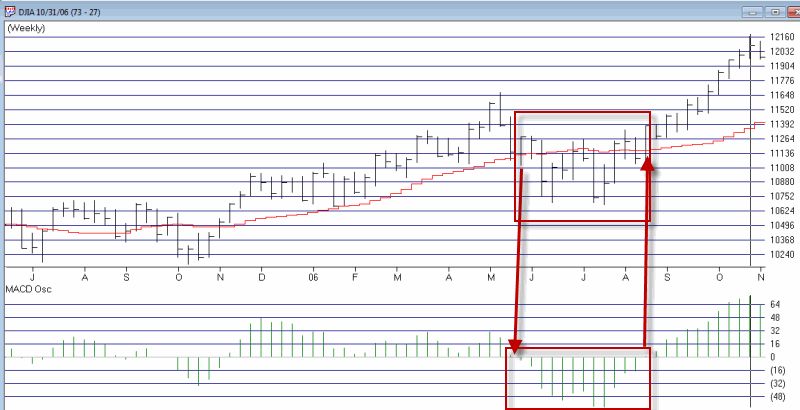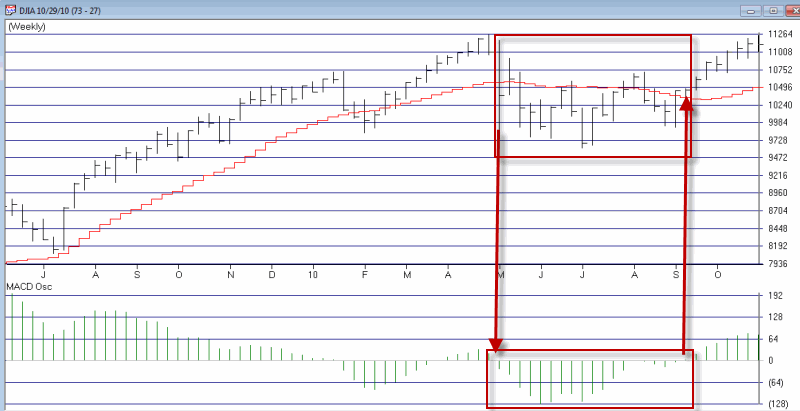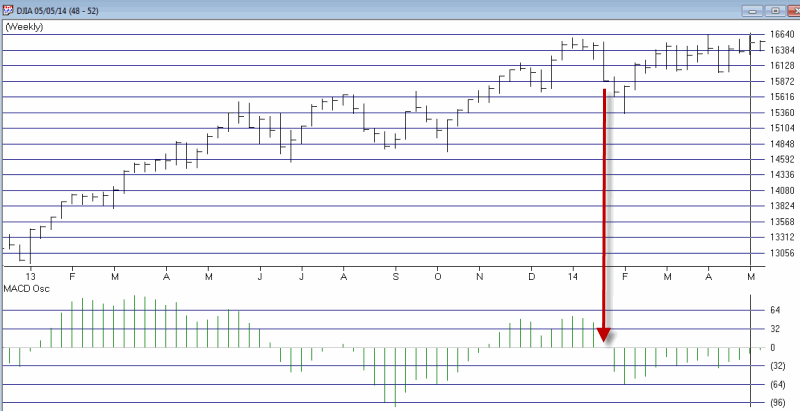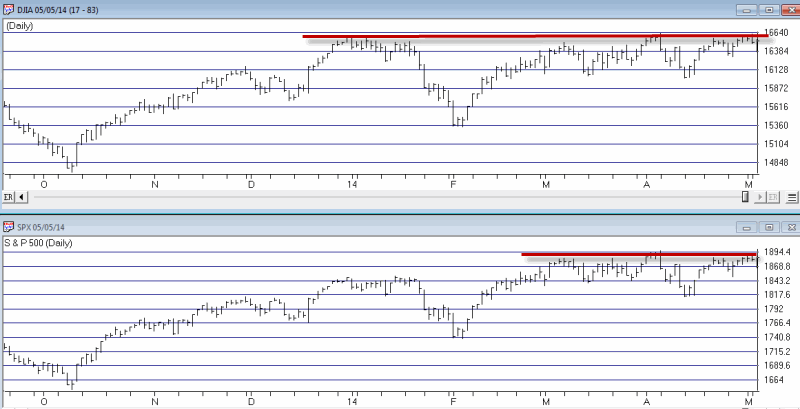Recently I updated the “short story” (http://tinyurl.com/lflpuoa) of a bullish trade in gold that did not “pan out” (Yikes, the kids are right – I really am a geek). That’s the bad news.
The good news is that the gold trade I wrote about before that one (http://tinyurl.com/l4yczwa) is “shining brightly” (Someone, please make me stop). Now might be a good time to take a look at how to adjust that trade.
When it comes to trading gold, one lower risk alternative to trading gold futures is to trade options on the ETF ticker GLD that tracks the price of gold bullion.
A Note Regarding the Potential Benefits of Trading Options
Note that one trade in GLD options was a bullish trade and the other was a bearish trade. The key difference was in terms of time frame. The first trade (i.e., the one we will look at in a moment) was a bearish “hey let’s put this on and wait around and see what happens prior to expiration” kind of trade (which has already been adjusted once).
The second trade was a bullish trade based on the expectation that gold would break out of its recent triangle pattern to the upside. It didn’t. So that position was stopped out for a small loss.
But here is the key thing to note: via the use of options you can play the long side AND the short side of the market at the same time. That is something you cannot do when trading shares of stocks or futures contracts. If you hold a position in gold futures you can be either long or short, but not both.
This highlights one potential benefit of options – the ability to create unique positions that you can’t do with stock shares or futures contracts.
A Bearish OTM Butterfly in GLD
The original trade entered on 3/6 appears in Figures 1 and 2.
 Figure 1 – Original GLD OTM Put Butterfly details (Courtesy: www.OptionsAnalysis.com)
Figure 1 – Original GLD OTM Put Butterfly details (Courtesy: www.OptionsAnalysis.com) 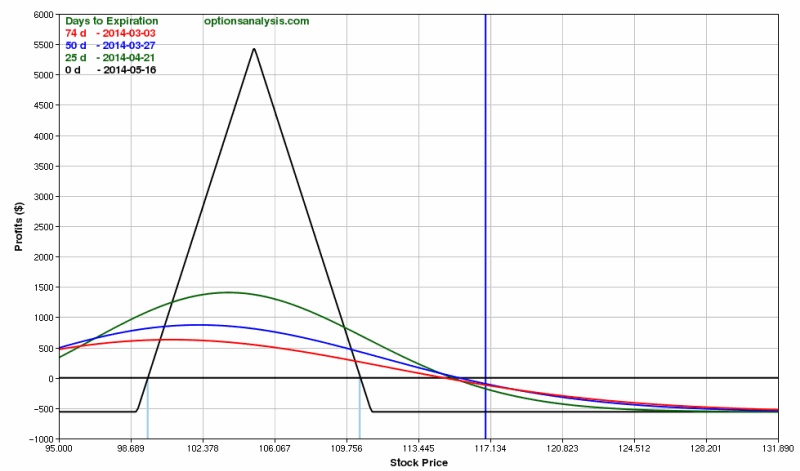 Figure 2 – Original GLD OTM Put Butterfly risk curves (Courtesy: www.OptionsAnalysis.com)
Figure 2 – Original GLD OTM Put Butterfly risk curves (Courtesy: www.OptionsAnalysis.com)
The original risk on this trade was $253.
An Adjustment on 5/8
In an article dated 5/8 (http://tinyurl.com/l4yczwa) I detailed one possible adjustment to the original trade as shown in Figures 3 and 4. 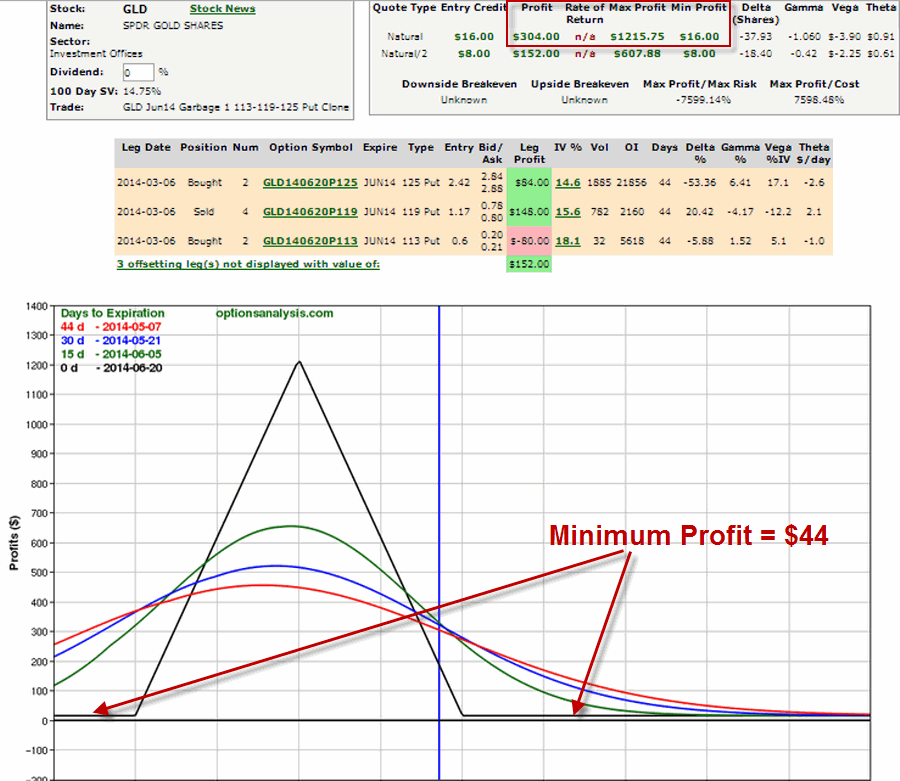
Figures 3 and 4 – Adjusted GLD OTM Put Butterfly details (Courtesy: www.OptionsAnalysis.com)
The net result of the adjustment is that the risk of loss was eliminated.
The Latest on 5/29
The adjusted trade in its current status appears in Figure 5 and 6.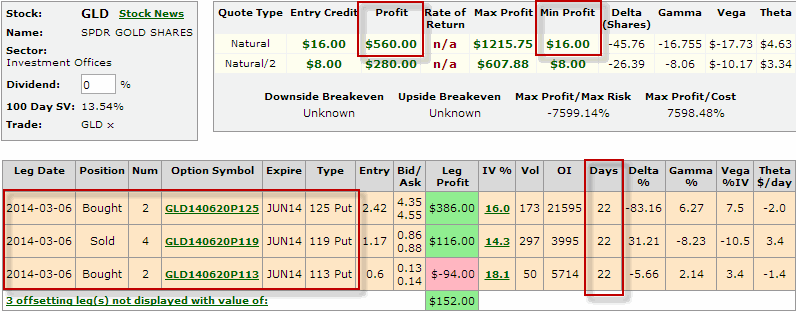 Figure 5 – Adjusted GLD OTM Put Butterfly details as of 5/29 (Courtesy: www.OptionsAnalysis.com)
Figure 5 – Adjusted GLD OTM Put Butterfly details as of 5/29 (Courtesy: www.OptionsAnalysis.com)
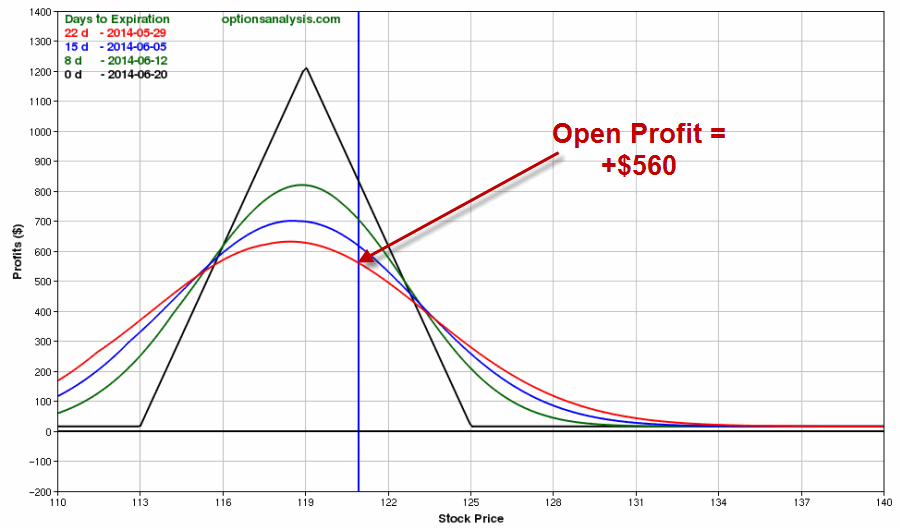 Figure 6 – Adjusted GLD OTM Put Butterfly risk curves as of 5/28 (Courtesy: www.OptionsAnalysis.com
Figure 6 – Adjusted GLD OTM Put Butterfly risk curves as of 5/28 (Courtesy: www.OptionsAnalysis.com
As you can see, because of the recent sell off in gold the trade now has a nice profit of $560 (based on an original maximum risk of $253).
There are 22 days left until June expiration. There is additional upside potential if GLD drift closer to $119 a share. However, if GLD rallies or drop below $119 then profits will decrease.
Another Adjustment on 5/29
The choices now are:
a) Hold on
b) Exit
c) Adjust
A) Can be justified as there is more profit potential if GLD stays down between now and June expiration.
B) Can be justified as simply “why not take the money and run?”
C) Can be accomplished in 1,001 ways. But for arguments sake, let’s just choose one.
Let’s say we think that based on the recent downside breakout out of a triangle pattern that gold will work its way lower. So let’s look at a way to take the profit from our existing position and enter into a position that can profit if gold continues to move lower.
In this case we are going to exit the existing position and take a portion of our profit to enter into a new bearish position by:
Selling 2 June 125 puts
Buying 4 June 119 puts
Selling 2 June 113 puts
Buying 1 Aug 121 put
Selling 1 Aug 115 put
In “option geek” terms we are exiting the June Out-of-the-money put butterfly and using some of the profits to enter an August bear put spread. As you can see in Figure 7, with this new trade we now have 78 days for things to move in our favor as opposed to only 22 days if we continued to hold the June position. Also, we are essentially “playing with the house money.” If GLD rallies and the August bear put spread ultimately expires worthless, we still end up with a profit of $357. And remember, this is based on an original $253 risk. Figure 7 – Newest adjusted GLD trade (Courtesy: www.OptionsAnalysis.com)
Figure 7 – Newest adjusted GLD trade (Courtesy: www.OptionsAnalysis.com) 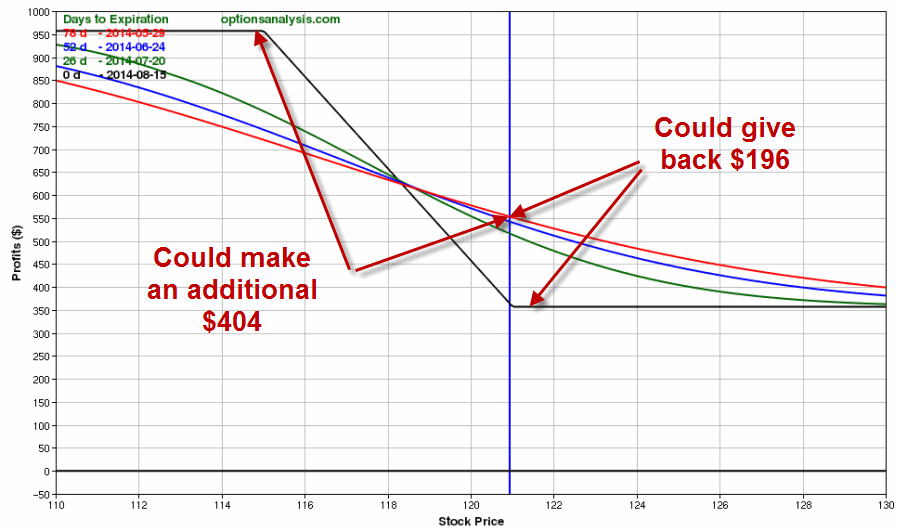 Figure 8 – Newest adjusted GLD risk curves (Courtesy: www.OptionsAnalysis.com)
Figure 8 – Newest adjusted GLD risk curves (Courtesy: www.OptionsAnalysis.com)
Summary
If you are new to options trading this may all seem quite confusing. But as always when I talk options trading on this blog the key takeaway is not so much the specific trade and the specific adjustments, but rather the realization and understanding of the fact that options can offer an inexpensive way to play stocks, commodities, bonds, etc., with a lot lower dollar commitment and risk and in ways that you cannot play when trading stock shares and/or futures contracts.
Jay Kaeppel
